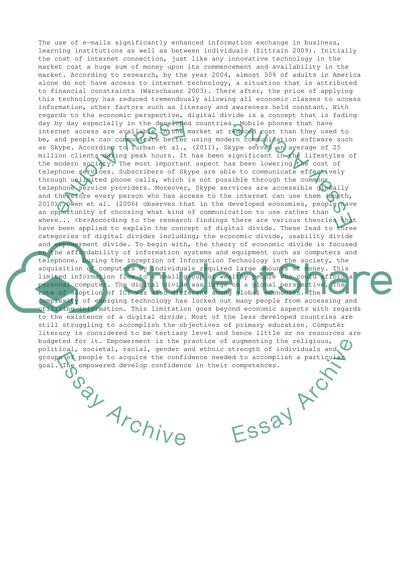Cite this document
(“Should we still talk about a digital divide Essay”, n.d.)
Retrieved from https://studentshare.org/management/1393509-should-we-still-talk-about-a-digital-divide
Retrieved from https://studentshare.org/management/1393509-should-we-still-talk-about-a-digital-divide
(Should We Still Talk about a Digital Divide Essay)
https://studentshare.org/management/1393509-should-we-still-talk-about-a-digital-divide.
https://studentshare.org/management/1393509-should-we-still-talk-about-a-digital-divide.
“Should We Still Talk about a Digital Divide Essay”, n.d. https://studentshare.org/management/1393509-should-we-still-talk-about-a-digital-divide.


